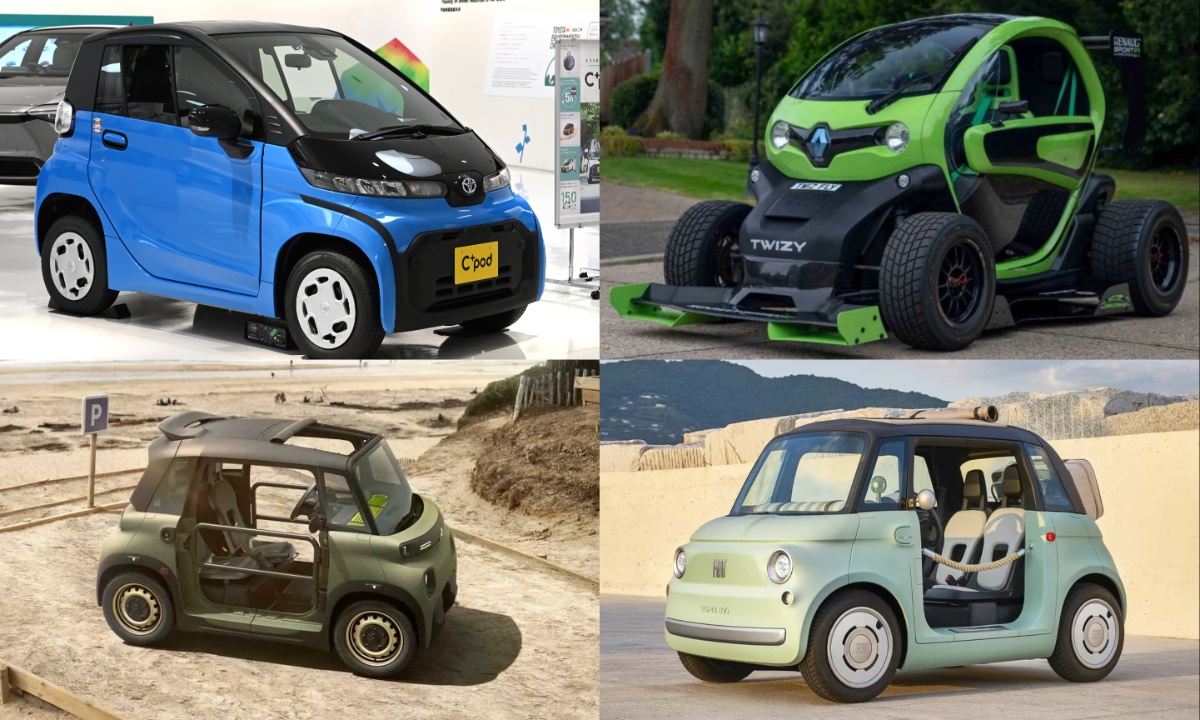Microcars, also known as quadricycles, have been around for decades, offering a compact, affordable, and efficient alternative to full-sized vehicles. While modern examples like the Renault Twizy and Citroën Ami have brought attention to this category, microcars have a rich history dating back to the mid-20th century.
These tiny cars cater to urban commuters and enthusiasts alike, providing a unique driving experience that prioritizes practicality and maneuverability over speed and luxury. Here, we explore ten of the coolest microcars ever made.
1. Peel P50: The World’s Smallest Car
The Peel P50 gained widespread recognition when Jeremy Clarkson famously drove one through the BBC headquarters. Manufactured on the Isle of Man from 1962 to 1965, the P50 holds the Guinness World Record for the smallest production car.
With just three wheels and no reverse gear, it is so compact that drivers must physically drag it backward using a handle. Its diminutive size makes it ideal for city driving, and its quirky design has ensured its place in automotive history.
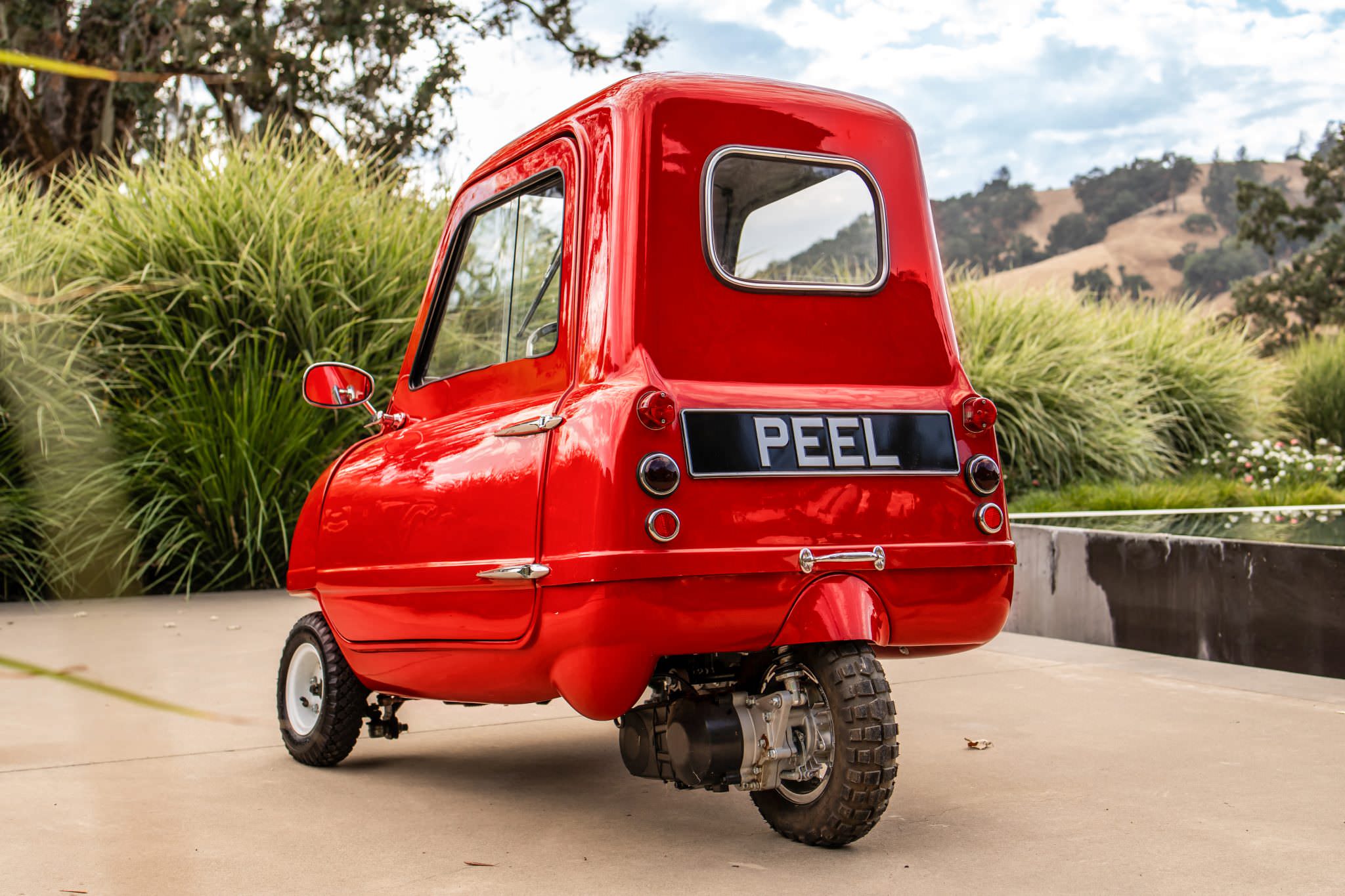
2. Estrima Biro: Reviving the Microcar Trend
The Estrima Biro helped revive interest in microcars, particularly among urban drivers looking for a practical and eco-friendly mode of transport. Made in Italy, this electric quadricycle is half the price of a standard car and avoids emissions charges.
Measuring only 1,700mm in length and 1,080mm in width, the Biro can park virtually anywhere. It features a removable battery, making it convenient for apartment dwellers, and its roll-cage-style chassis enhances safety.
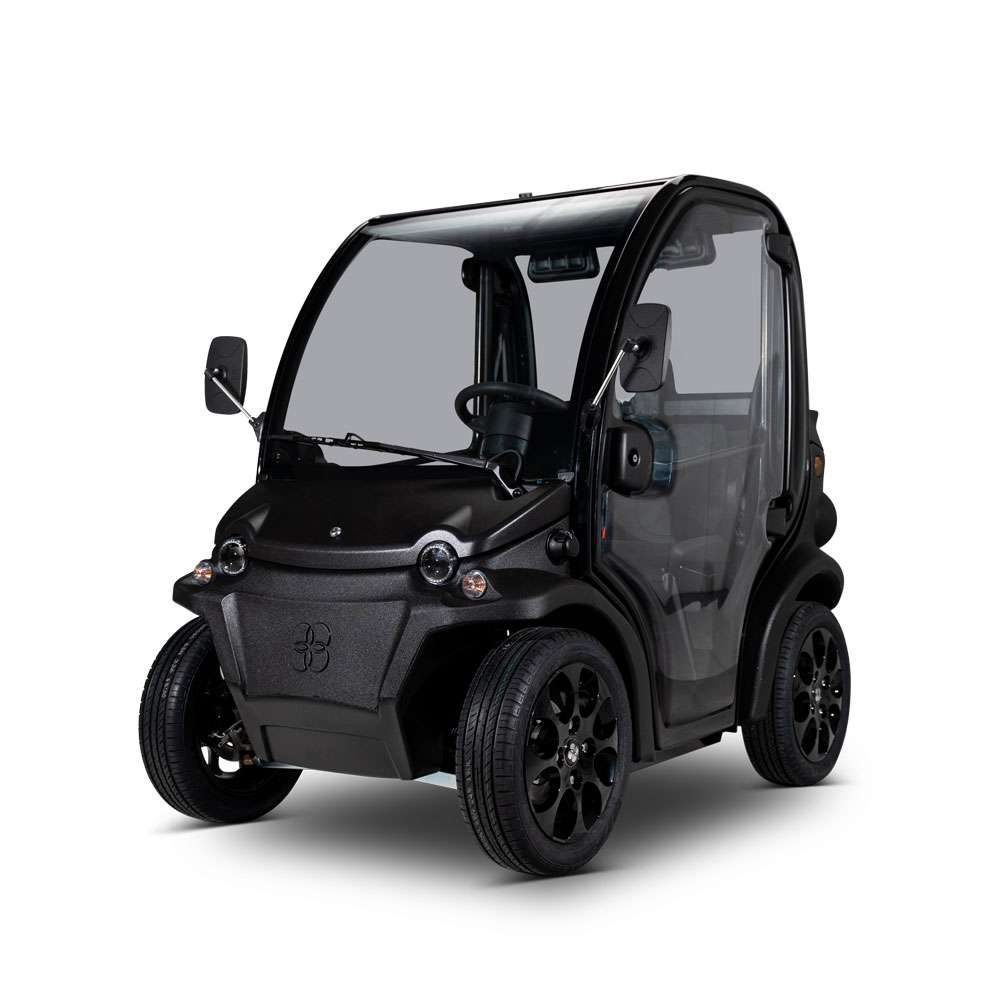
3. Citroën Ami Buggy: A Beach-Ready Microcar
The Citroën Ami Buggy is a rugged, offbeat take on the standard Ami microcar. Designed for fun, it features knobby tires, reinforced plastic body panels, and metal bars instead of doors.
While its 31mph top speed and 46-mile range limit its practicality for long journeys, the Ami Buggy is an eye-catching, playful vehicle. Citroën’s decision to produce only 100 units adds to its exclusivity, making it a collector’s item.
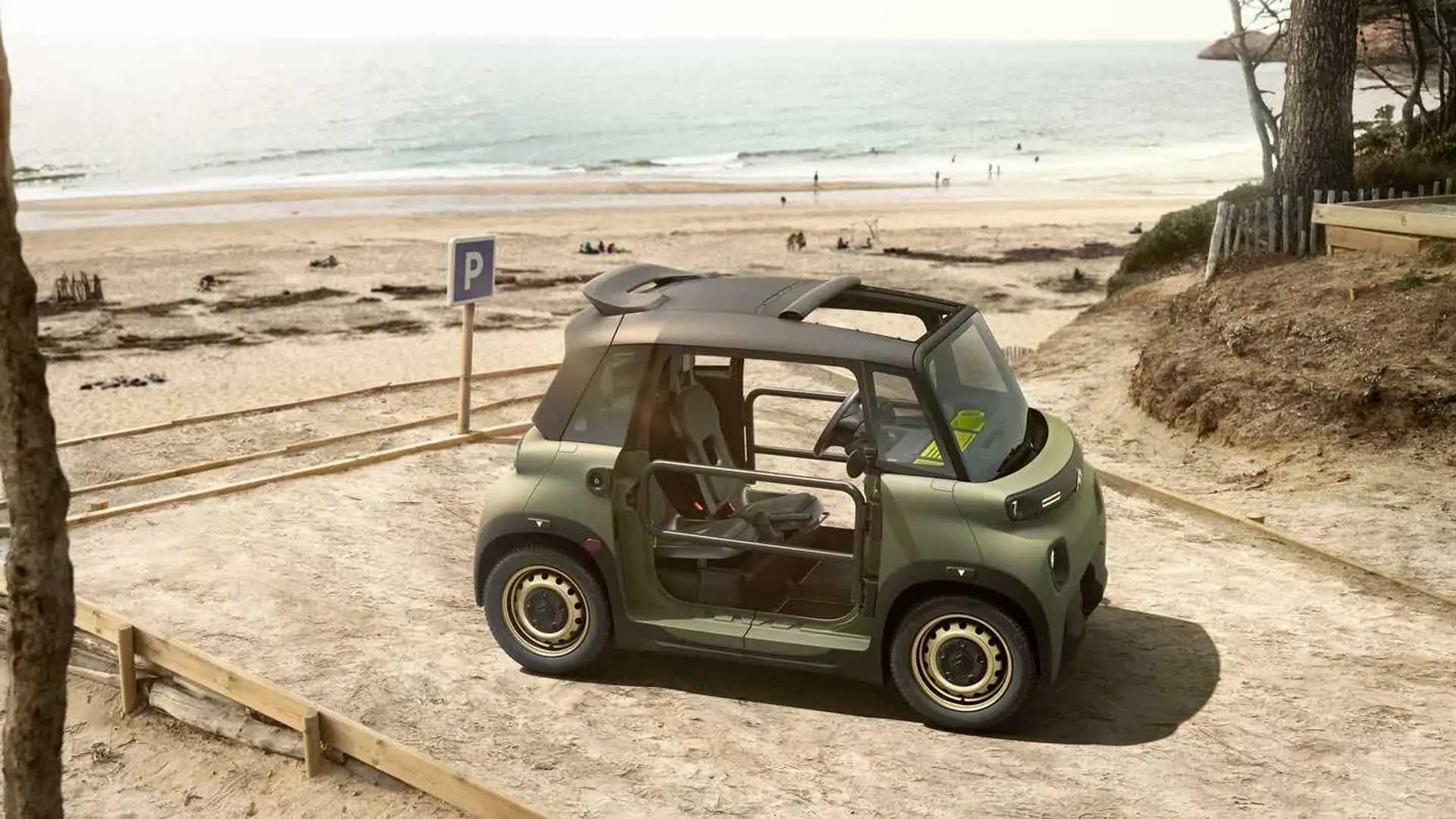
4. Fiat Topolino: Italian Style Meets Microcar Practicality
The Fiat Topolino is essentially a Citroën Ami wrapped in an Italian aesthetic. Designed for those who prefer a retro look over Citroën’s youthful styling, the Topolino resembles a shrunken Fiat 500.
With the same 31mph top speed and 46-mile range as its French counterpart, it excels in city commuting and parking convenience. Unlike the concept version, the production model includes proper doors, making it slightly more practical.
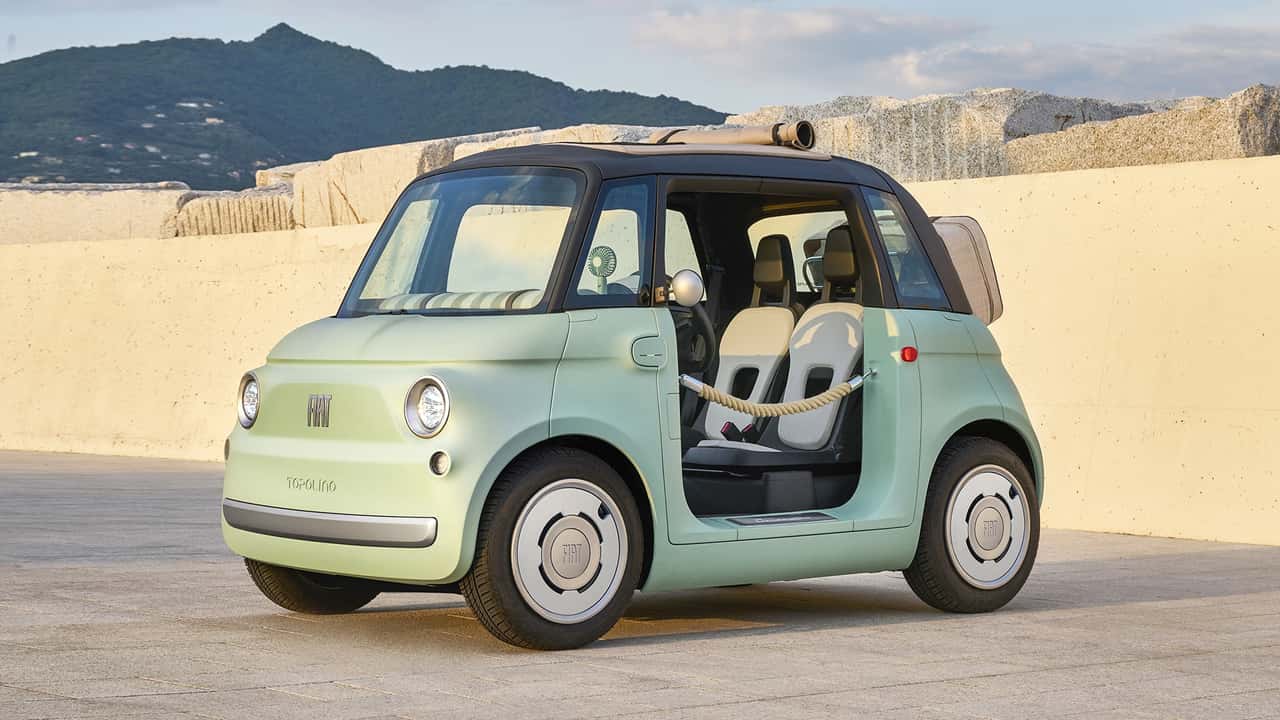
5. Micro Mobility Microlino: The Luxury Microcar
The Micro Mobility Microlino is often regarded as the Rolls-Royce of microcars. Unlike many of its competitors, it boasts a monocoque chassis, aluminum body panels, and fully independent suspension, elevating its sophistication.
One of its standout features is the front-opening door, reminiscent of classic bubble cars. However, these premium touches come at a cost—nearly twice the price of the Citroën Ami. Despite this, the Microlino appeals to those who want style and performance in a tiny package.
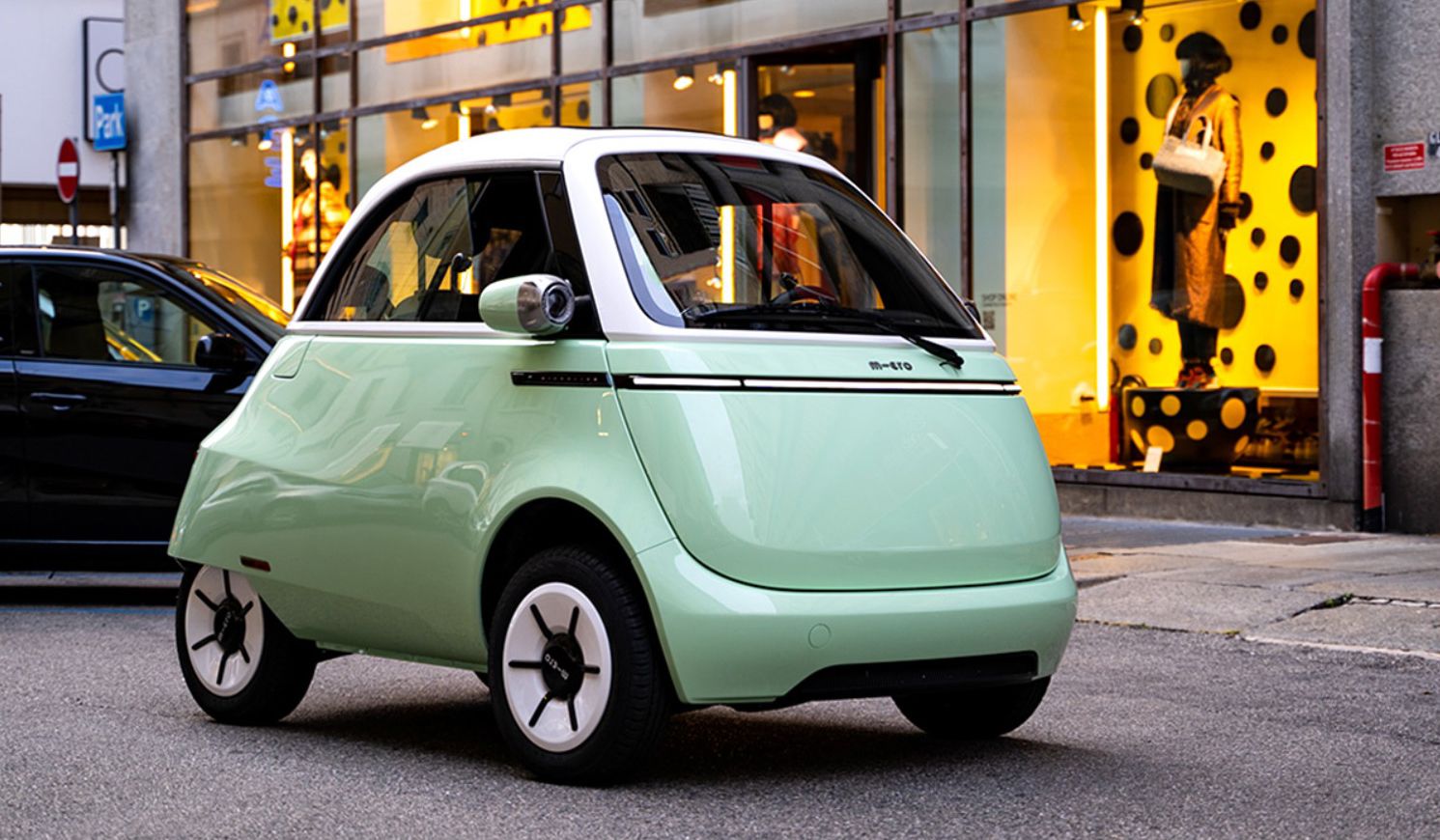
Also Read: 6 Iconic Minis That Showcase Timeless Design and British Motoring Excellence
6. BMW Isetta: The Iconic Bubble Car
No discussion of microcars is complete without the BMW Isetta. This egg-shaped vehicle helped define the microcar genre and was one of the first mass-produced cars to achieve remarkable fuel efficiency—94 miles per gallon.
Originally an Italian design, BMW refined the Isetta, introducing a front-opening door and improved suspension. Its 12PS single-cylinder engine may not be powerful, but it was enough to make the Isetta a popular city car in post-war Europe.
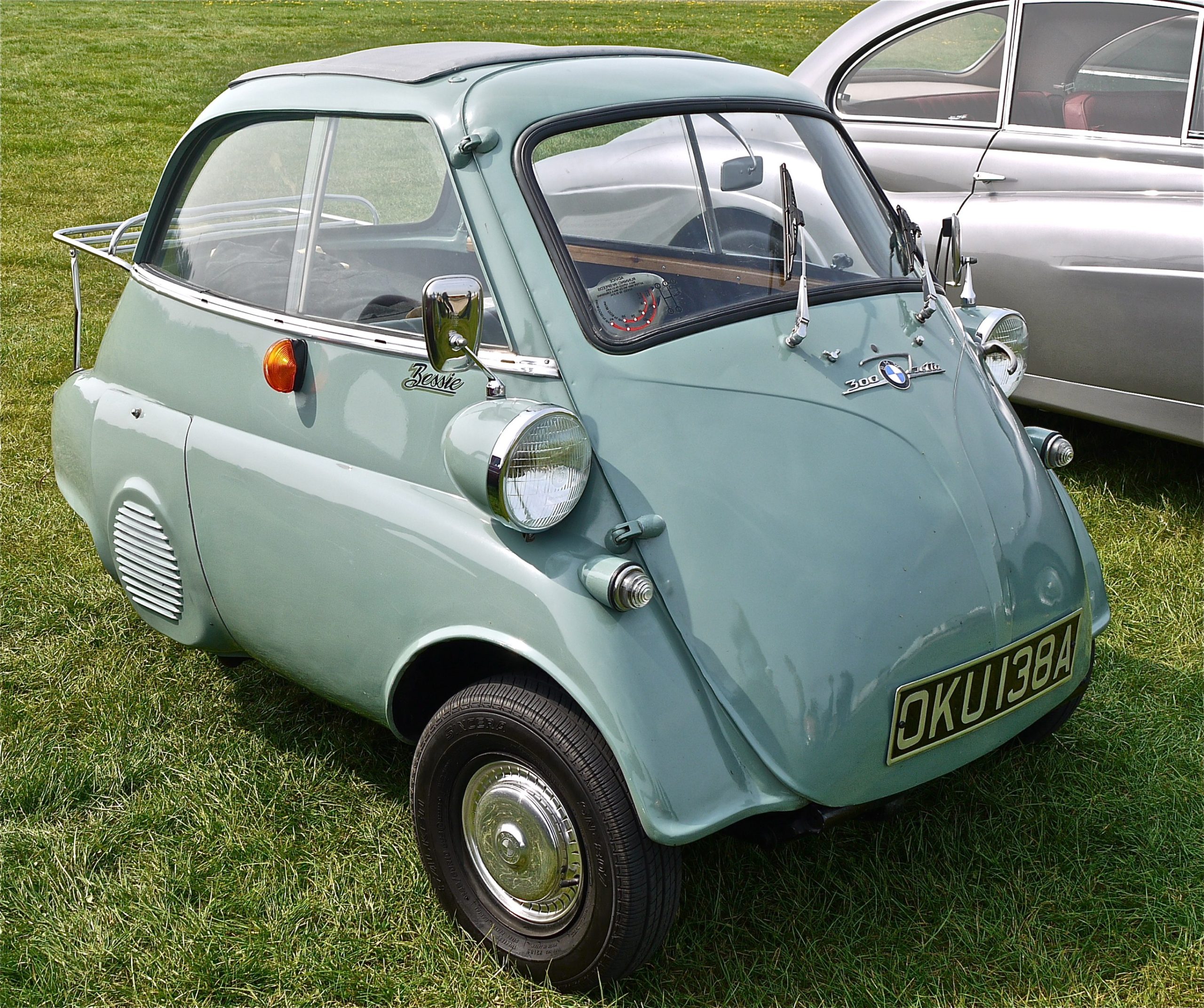
7. Renault Twizy: A Supercar Look on a Budget
The Renault Twizy offers futuristic styling with an exposed-wheel design and tandem seating. Its name derives from “twin” (for its two seats) and “easy” (for its simple operation). With a 50mph top speed and a 50-mile range, it outperforms many modern microcars in terms of distance and speed.
However, its lack of doors (optional) and heating system means it requires some resilience from drivers, particularly in colder climates. Still, its affordability and striking appearance make it a popular choice.
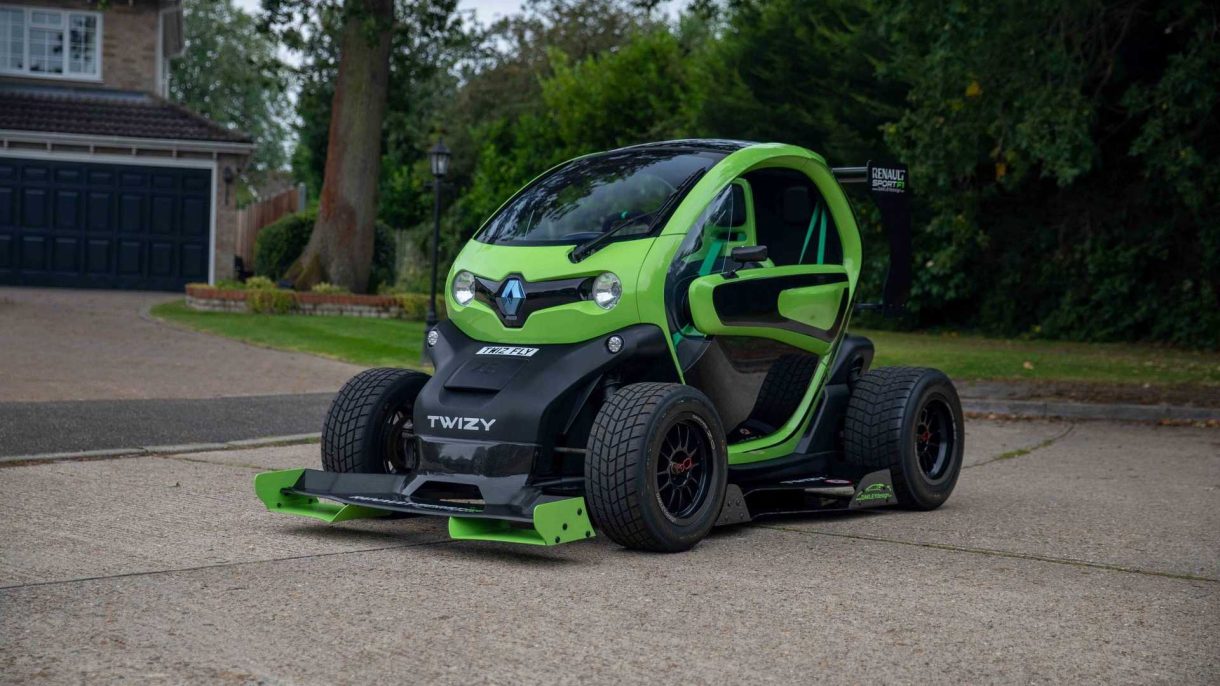
8. Heinkel Kabine 153: A Quirky Alternative to the Isetta
The Heinkel Kabine 153 shares much in common with the BMW Isetta but features unique design elements. Unlike the Isetta, it lacks the patented steering column that moves aside when the door opens, making entry slightly more challenging.
However, the Kabine compensates with a two-seater layout and a fabric roof that doubles as an emergency escape hatch. Available with small, single-cylinder engines producing up to 10PS, it is one of the few classic microcars to feature a reverse gear.
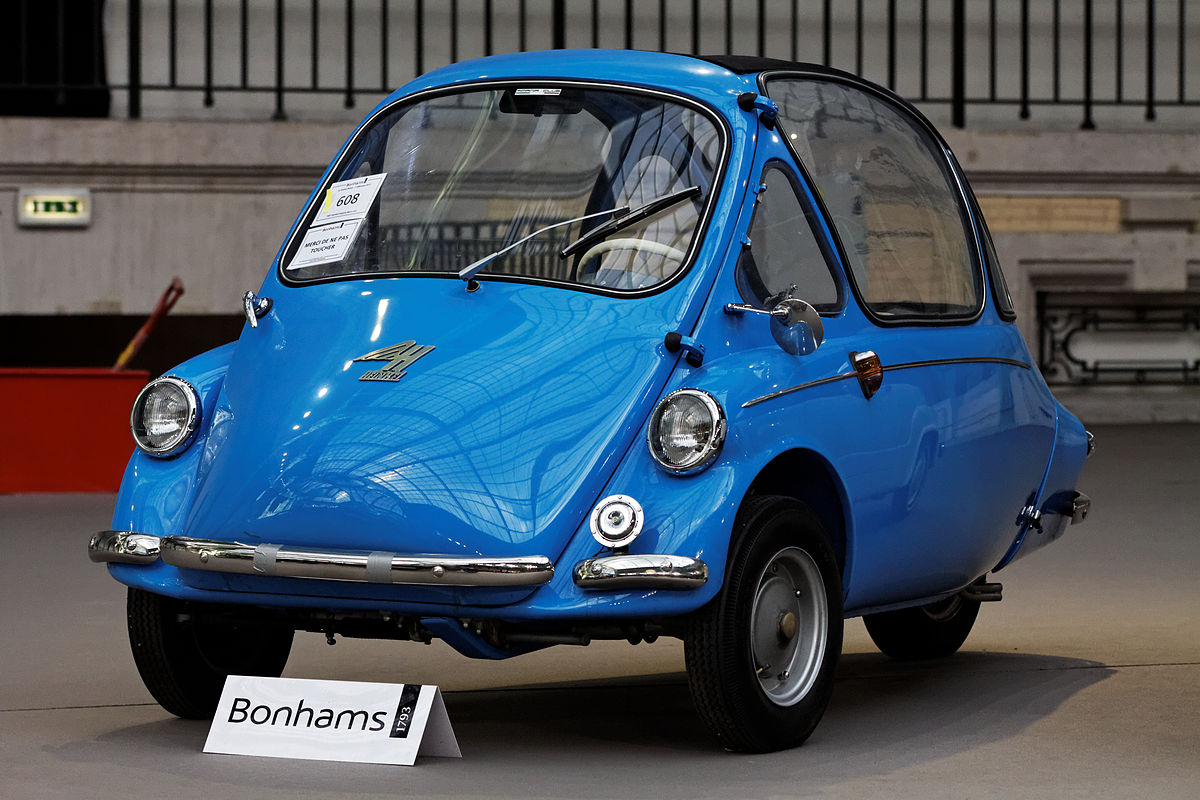
9. Toyota C+Pod: The Safe and Smart Microcar
Toyota’s C+Pod stands out in the microcar category for prioritizing safety. Equipped with automatic emergency braking that detects vehicles, pedestrians, and cyclists, it offers more protection than many of its competitors.
The C+Pod runs on a 9.2kW electric motor with a 9kWh battery, providing an impressive 90-mile range. Inside, it features a conventional dashboard and separate front seats, making it feel more like a traditional car. Additionally, its battery can serve as an external power source in emergencies.
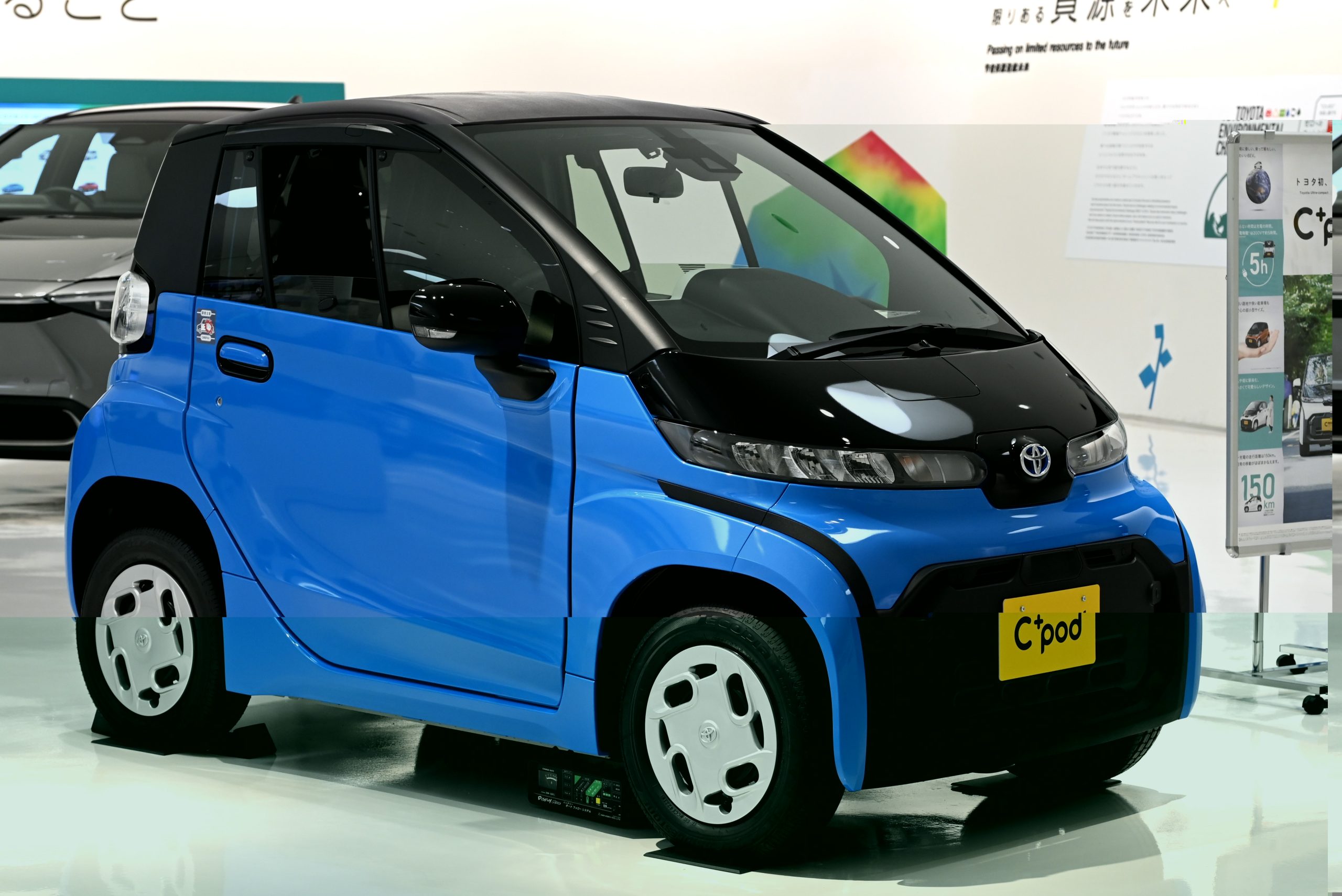
10. Goggomobil Dart: The Sports Car of Microcars
The Goggomobil Dart is perhaps the most exciting microcar ever built. Designed in Australia, it features an open-top design and a sleek, aerodynamic body. With only 700 units produced, it is a rare and highly sought-after collector’s item.
Powered by a 392cc two-stroke engine producing 18.5PS, the Dart can reach an impressive 65mph—provided the driver is brave enough. Its lightweight fiberglass body enhances performance, making it one of the fastest microcars of its era.
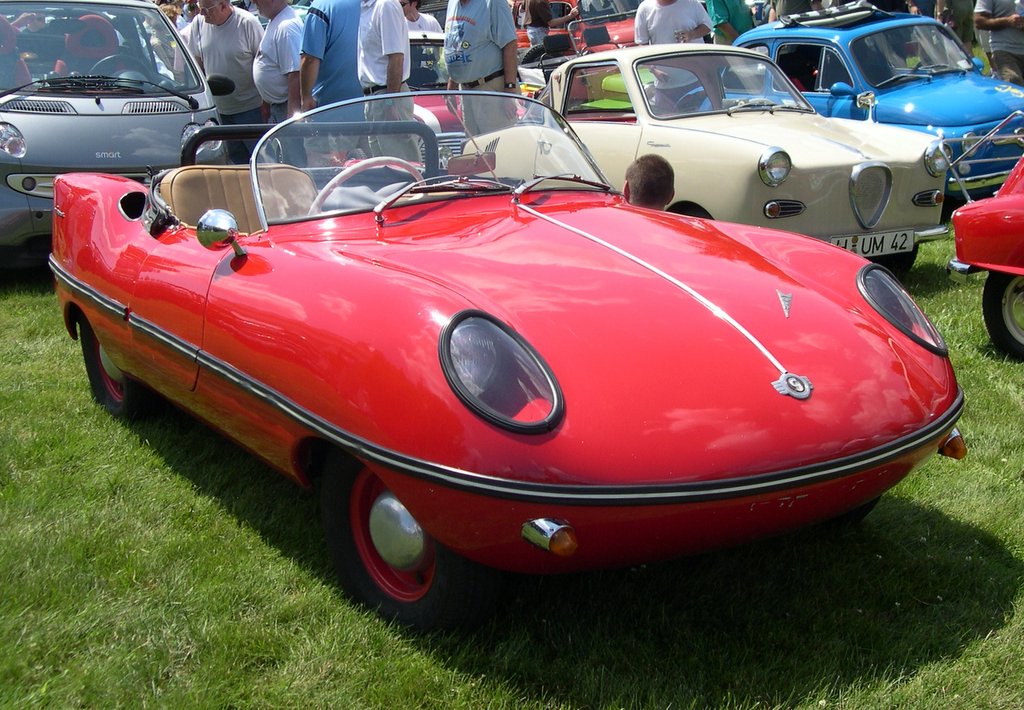
Microcars may never replace full-sized vehicles, but their practicality, affordability, and unique designs continue to attract enthusiasts worldwide.
From record-holding classics like the Peel P50 to modern, high-tech options like the Toyota C+Pod, these tiny cars offer a refreshing alternative to conventional automobiles.
Whether for city commuting, beach cruising, or simply turning heads, microcars have carved out a niche that remains as fascinating today as ever.

